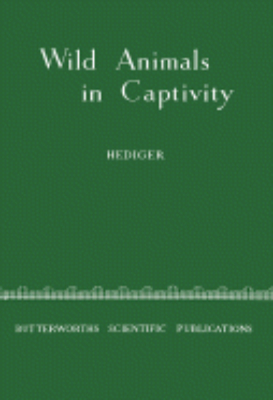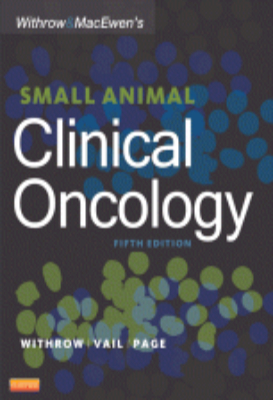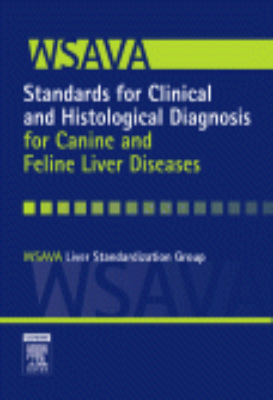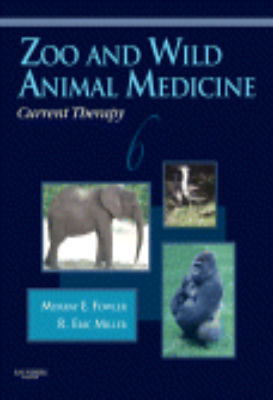ebooks
Wild Animals in Captivity
Wild Animals in Captivity covers some of the mistaken notions concerning the conditions of animals in captivity, most of which are the result of an anthropomorphic approach to the subject. This book is composed of 12 chapters and starts with an overview of the historical development of zoological gardens. The succeeding chapters deal with the territorial requirements and sociological factors in the wild life. These topics are followed by discussions of the wild animals transition behavior from freedom to captivity; the physiological and psychological aspects of animal captivity; and the motive and situation of animal escapes. Other chapters emphasize the physical and biological environment of animals in captivity. The final chapters examine the problems related to feeding patterns, and nutrition of captive animals. These chapters also explore the relationship between human and animal, their capacity to be tamed and trained. This book will prove useful to zoologists.
Withrow & MacEwen’s Small Animal Clinical Oncology
Focusing on cancer in dogs and cats, this extensively updated 4th edition provides comprehensive coverage of the latest advances in clinical oncology, including chemotherapy, surgical oncology, and diagnostic techniques. Ideal for students, practitioners, and those involved in academic research, this book's full-color images and user-friendly format provide quick and easy access to today's most important information on cancer in the small animal patient. Key Features Full-color format throughout and full-color illustrations make information more accessible and provide accurate representations of clinical appearance. Chapters are clustered into four major sections: The Biology and Pathogenesis of Cancer, Diagnostic Procedures for the Cancer Patient, Therapeutic Modalities for the Cancer Patient, and Specific Malignancies in the Small Animal Patient. The consistent format includes incidence and risk factors, pathology, natural behavior of tumors, history and clinical signs, diagnostic techniques and workup, treatment options, and prognosis for specific malignancies in the small animal cancer patient. Features cutting edge information on the complications of cancer, pain management, and the latest treatment modalities. The latest information on the etiology of cancer, including genetic, chemical, physical, and hormonal factors, as well as cancer-causing viruses. Coverage of molecular-targeted therapy of cancer, plus new and emerging therapeutic techniques. New information on molecular diagnostic procedures for the cancer patient. The latest diagnostic imaging techniques in clinical oncology. Discussions of compassion and supportive care, from chronic pain management and nutrition to end-of-life issues and grief support.
Withrow and MacEwen’s Small Animal Clinical Oncology
"With a unique focus on the most effective interventional techniques, Withrow & MacEwen's Small Animal Clinical Oncology, 5th Edition tells the full story of cancer in dogs and cats what it is, how to diagnose it, and how to treat many of the most common cancers encountered in clinical practice. Nearly 500 color photographs, diagrams, x-rays, and gross views depict the clinical manifestations of various cancers. This edition covers the latest advances in clinical oncology, including chemotherapy, surgical oncology, and diagnostic techniques. With contributions from 65 veterinary oncology experts, this authoritative reference is a must-have for current, evidence-based therapeutic strategies on canine and feline oncology. ""I really love this book. If you are interested in veterinary oncology, have a flick through this book online or at a conference when you get the chance. I hope that you agree with me that this is the definitive oncology reference source for the early 21st century and that you feel compelled to buy it. Your patients will thank you for it."" Reviewed by: Gerry Polton MA VetMB MSc(Clin Onc) DipECVIM-CA(Onc) MRCVS, UK Date: July 2014 Key Features. Cutting-edge information on the complications of cancer, pain management, and the latest treatment modalities prepares you to diagnose and treat pets with cancer rather than refer cases to a specialist.. A consistent format for chapters on body system tumors includes coverage of incidence and risk factors, pathology, natural behavior of tumors, history and clinical signs, diagnostic techniques and workup, treatment options, and prognosis for specific malignancies.. A systems approach to the diagnosis and management of cancer facilitates access to information about the many malignancies affecting small animal patients.. Nearly 500 color images provide accurate depictions of specific diseases and procedures.. Helpful drug formularies provide quick access to information on indications, toxicities, and recommended dosages for chemotherapeutic and analgesic drugs used in cancer treatment.. Expert contributors provide in-depth coverage of the most current information in his or her respective specialty in veterinary oncology.. Chemotherapy protocols are included when case studies prove clinical efficacy.. Discussion of compassion and supportive care for the management of pain, nutritional needs, and grief includes methods for handling the pets pain and nutritional complications as well as the pet owners grief when treatment is not successful.. Thoroughly UPDATED chapters cover the most recent changes in the clinical management of melanoma, mast cell tumors, tumors of the skeletal system, tumors of the endocrine system, tumors of the mammary gland, urinary cancers, nervous system cancers, lymphoma, and histiocytic diseases.. NEW Clinical Trials and Developmental Therapeutics chapter discusses the various phases of clinical trials as well as current challenges and opportunities in oncology drug development.. NEW! A focus on the best recommended treatment options highlights therapeutic strategies that have been vetted by veterinary oncology experts.. NEW co-author Dr. Rodney L. Page adds his valuable perspective, expertise, and research experience."
Woody Plant Communities
Water Deficits and Plant Growth, Volume VI: Woody Plant Communities focuses on the water relations of woody plants in a community context. Organized into eight chapters, this book begins with a quantitative overview of sources of water available to woody plants. Separate chapters follow that discuss the water relations of coniferous, temperate hardwood, and tropical and subtropical forests and woodlands; apple and citrus orchards; closely related woody plants; and tea plantations. For each of these plant communities, emphasis is placed on hydrological cycles; water use and transpiration; absorption of water; and effects of environmental factors on soil and plant water balance. The effects of water deficits on physiological processes; vegetative and reproductive growth; yield of harvested products; drought resistance; and cultural practices affecting plant water balance and yield are also emphasized in this book. This volume will be useful to both researchers and those involved in the practice of growing woody plants for wood and fruit crops and for esthetic values.
Zoo and Wild Animal Medicine
"With expert contributors from around the world sharing their knowledge on 57 new cutting-edge areas of interest, Zoo and Wild Animal Medicine, Volume 6 continues to provide outstanding coverage of todays most relevant topics. This book is an essential resource in zoo and wild animal medicine, addressing the special challenges posed by individual and herd medical management, newly emerging diseases in diverse wild animal populations, the effect of habitat loss and destruction on wildlife species, and the utilization of zoo animals in the surveillance and detection of potential zoonoses. The user-friendly current therapy approach continues to serve a vital function in the field by fostering a conservation biology ethic, bridging the gap between captive and free-ranging wild animal medicine, from a diverse group of experts. Key Features. Includes practical guidance on such topics as behavioral training for medical procedures and the use of infrared thermography.. Divided into four sections -- Conditions Affecting Multiple Species, Poikilotherms, Avian Medicine, and Mammals -- to help you find the information you need quickly.. Extensive contributor list includes multinational contributors offering expert information on species from around the world.. Presents timely topics in zoo and wild animal medicine with 57 new chapters to provide the best and most current information available.. The most up-to-date information on hot topics such as avian influenza, West Nile virus, and other pathogens threatening wildlife and human populations on a global scale.. Cutting-edge insights on environmental and public health concerns, such as occupational exposure to zoonotic simian retroviruses and use of wildlife rehabilitation centers as monitors for ecosystem health.. A color plate section presents vivid depictions of external clinical signs for more accurate clinical recognition."






